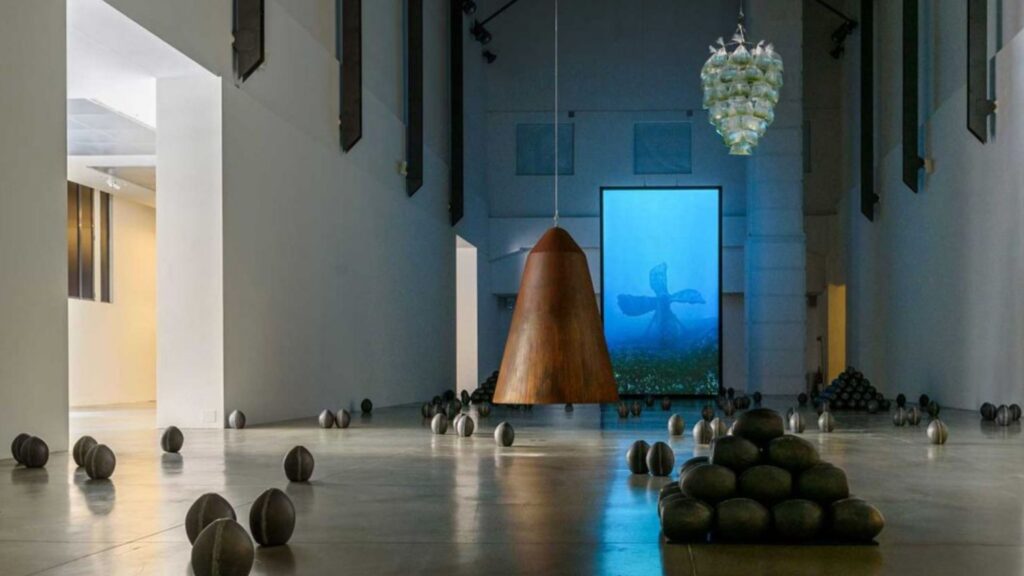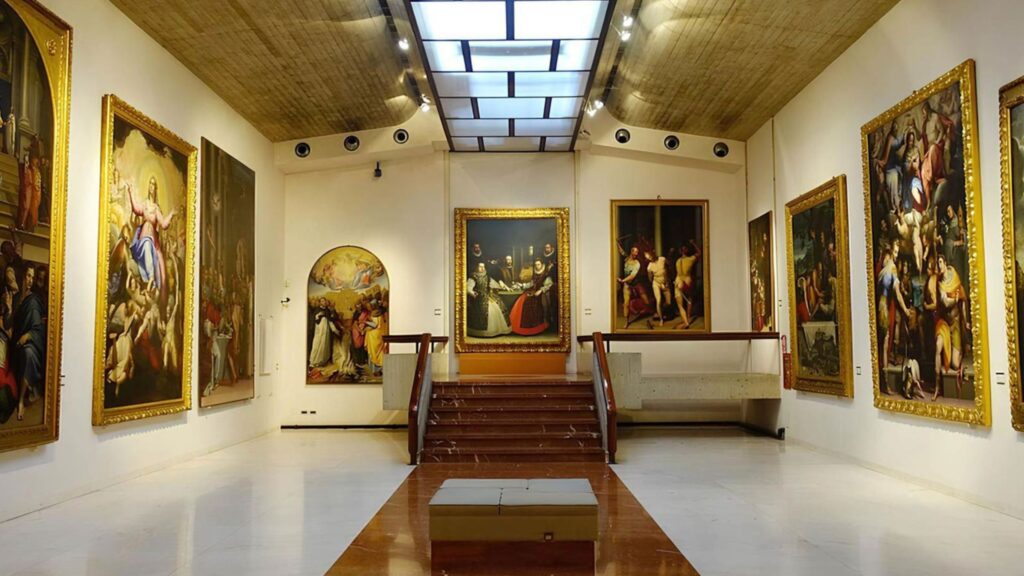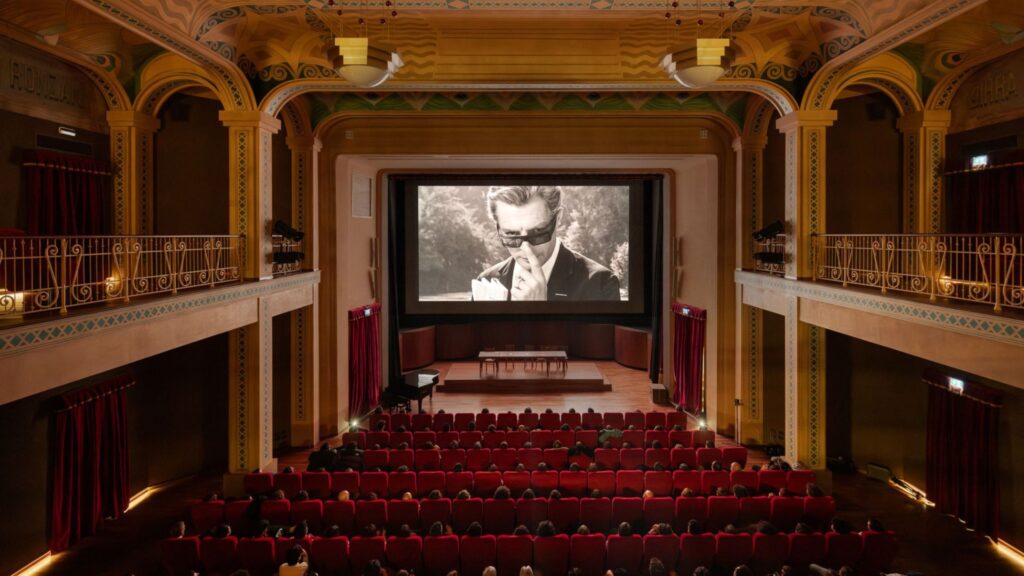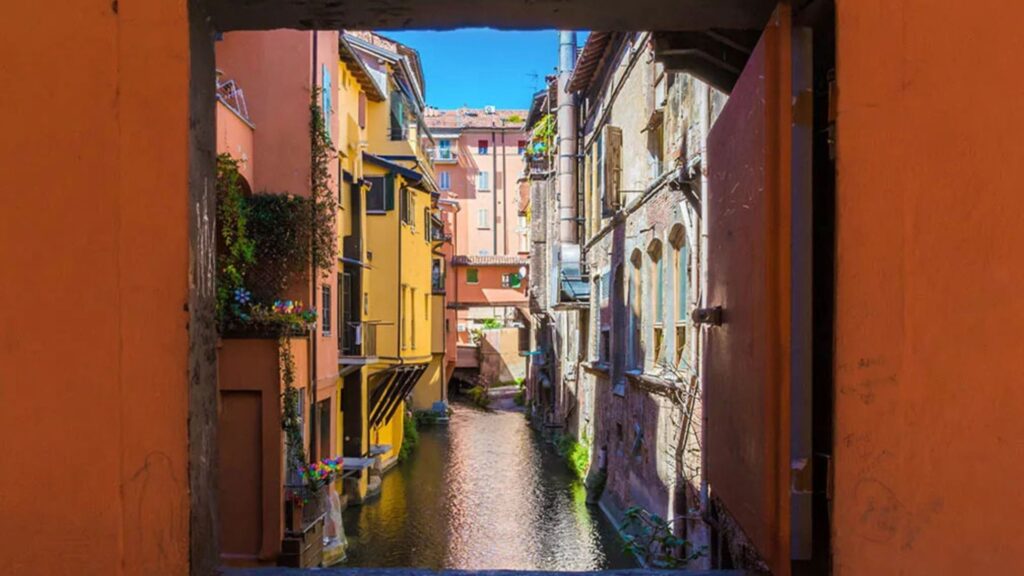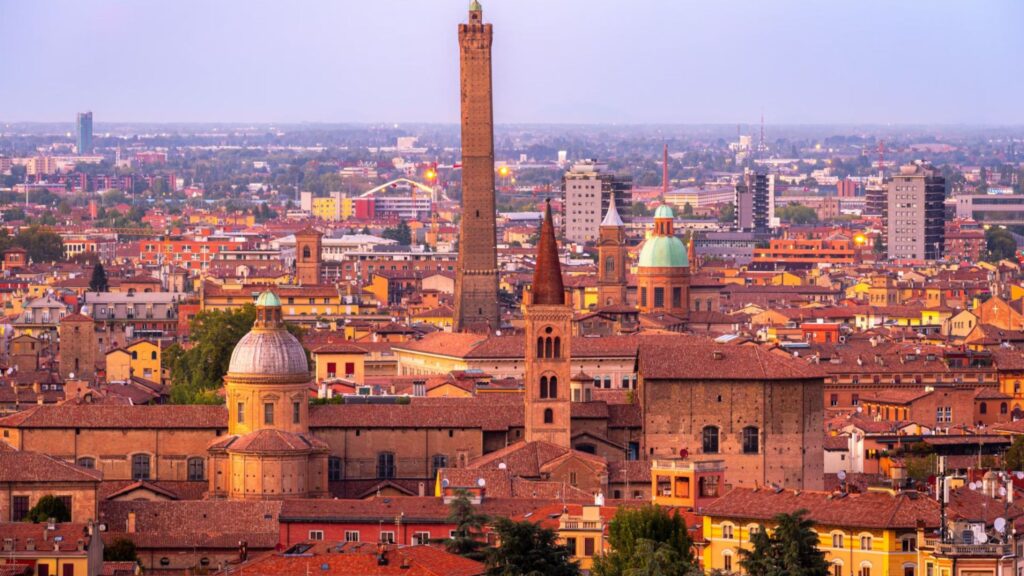Bologna Experiences
Bologna’s Historic Center: Between Towers, Squares, and Flavors
1
An ideal itinerary for those visiting Bologna for the first time, perfect to grasp the city’s authentic essence. The tour begins in Piazza Maggiore, the historical and symbolic heart of Bologna, where the city’s identity can be felt in every corner. Here stand some of Bologna’s most important buildings: the Basilica of San Petronio, unfinished on the outside but surprising inside, and the evocative Palazzo d’Accursio, the Town Hall, open to the public free of charge.
Right next door is the Torre dell’Orologio (Clock Tower), which offers a splendid view over the entire square and surrounding rooftops. A little further away lies Palazzo Re Enzo, once the prison of King Enzo of Sardinia, now hosting events and exhibitions, and open for guided tours.
Leaving the square, it’s worth making a short detour to the Archiginnasio, the historic seat of the University of Bologna, home to the refined Anatomical Theatre, entirely in wood, where the first anatomy lessons were once held.
Continuing towards the Two Towers, Asinelli and Garisenda, you reach the city’s most iconic landmark. Although Torre degli Asinelli is currently closed for restoration, those wishing to enjoy a panoramic view of Bologna can climb the Torre Prendiparte, one of the best-preserved towers in the center, offering breathtaking views over the entire city and hills.
The route then leads to the charming Piazza Santo Stefano, one of Bologna’s most beloved squares, dominated by the religious complex known as the “Seven Churches.” A peaceful and quiet atmosphere, perfect for a break or coffee at one of the outdoor cafés.
From here, continue to Piazza Cavour, elegant and tree-lined, and then along Via D’Azeglio, a historic and fascinating street, lined with boutiques and elegant porticoes, also known as the “living room” loved by singer-songwriters such as Lucio Dalla.
Finally, no itinerary would be complete without a walk through the Quadrilatero, Bologna’s historic market. Among delicatessens, cheese shops, pasta makers, and ancient stores, you’ll experience the true gastronomic soul of the city — the perfect place to end the tour with a platter of cured meats, a dish of tortellini, and a good glass of local wine.
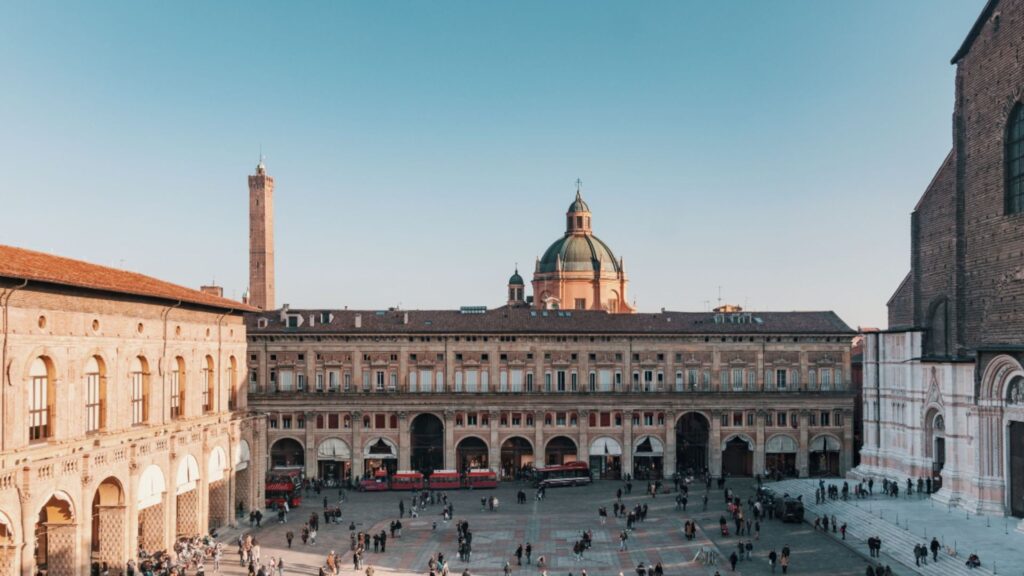
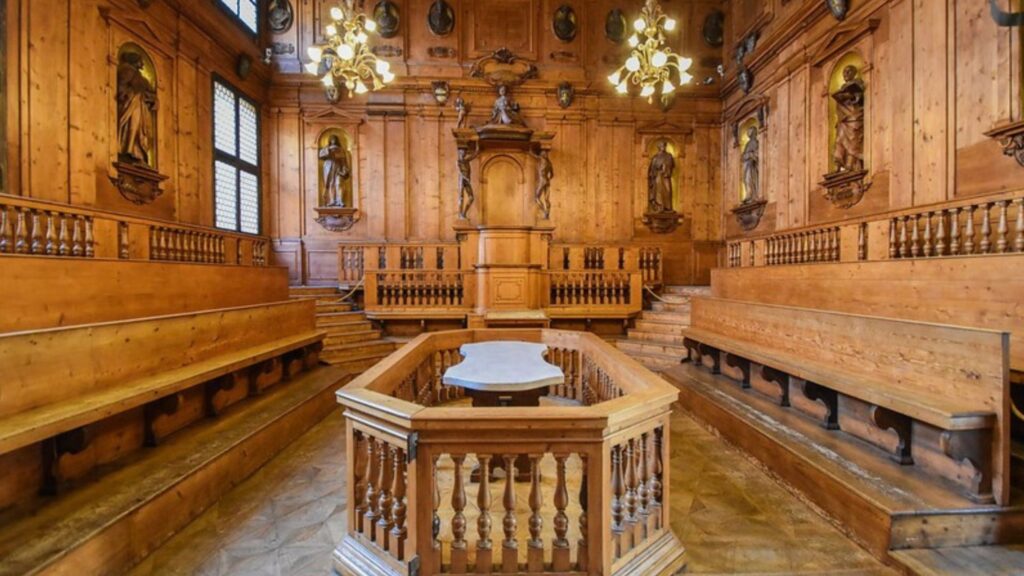
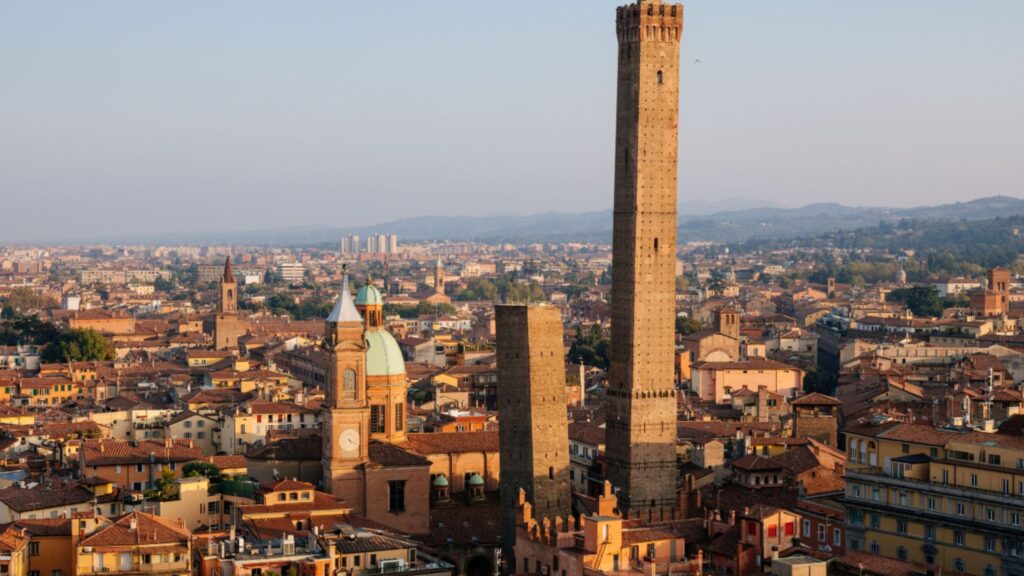
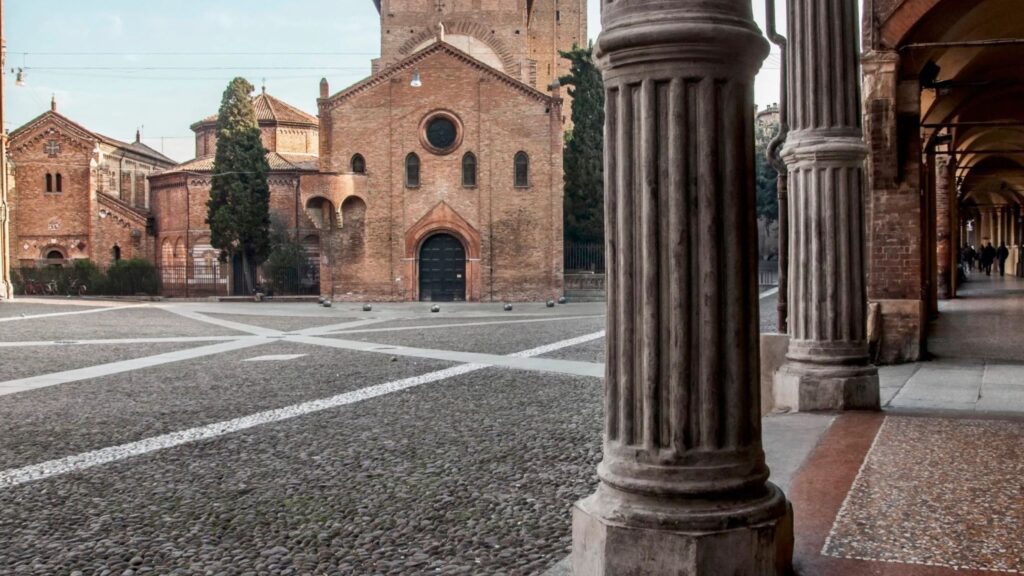
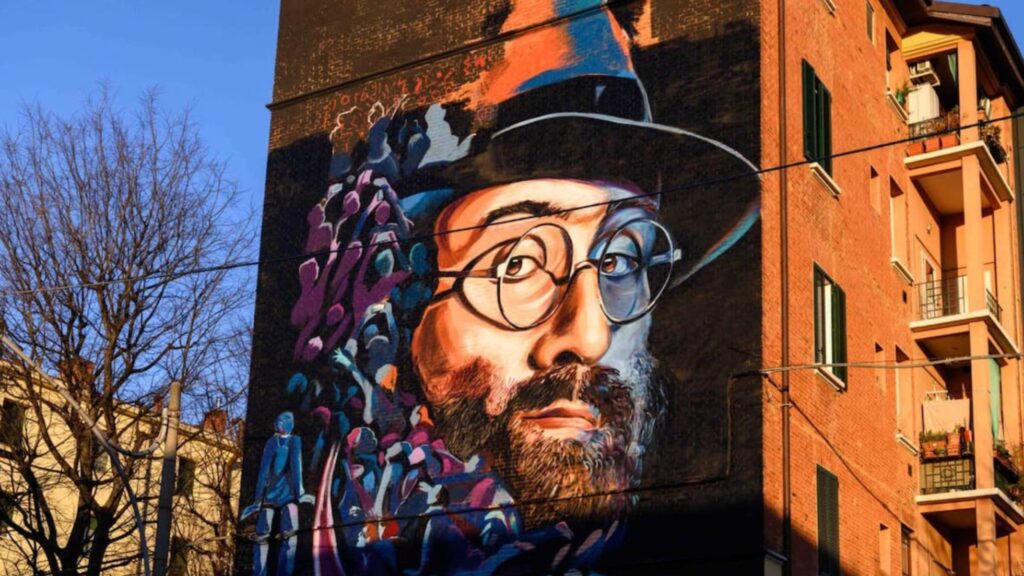
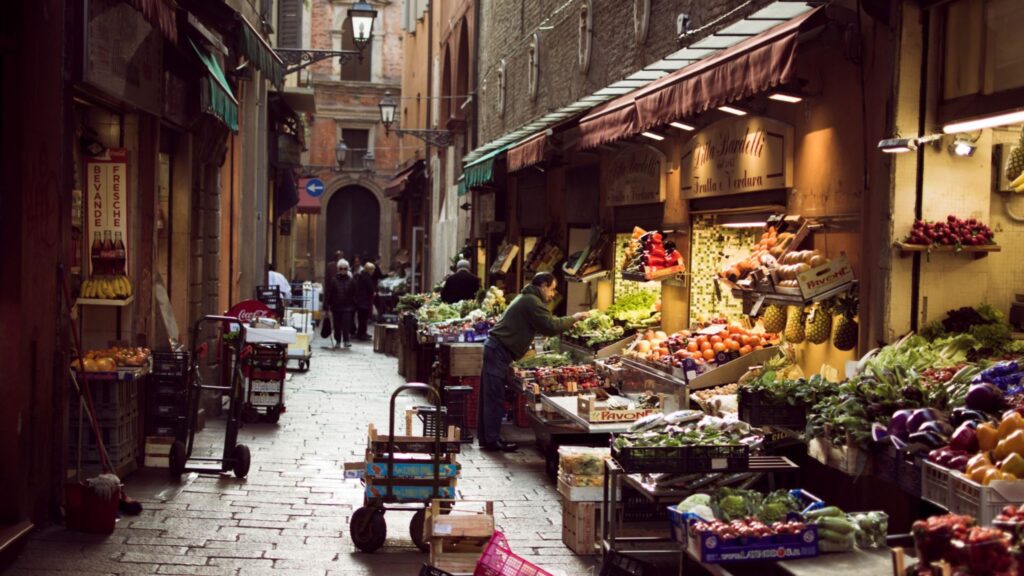
From Bologna to San Luca: A Panoramic Walk and Spiritual Journey
2
An ideal itinerary for those who want to experience Bologna in a different way, combining nature, architecture, and contemplative silence. The starting point is Porta Saragozza, one of the city’s ancient gates, where the famous Portico of San Luca begins. With its 666 arcades stretching for over 3.5 km, it is the longest portico in the world and part of the UNESCO World Heritage Site, along with the other porticoes of Bologna.
The walk is pleasant and engaging, initially flat, then ascending after the Arco del Meloncello, an elegant 18th-century overpass that connects the city with the hills. From here, the climb to the Sanctuary of the Madonna of San Luca, set in the greenery of Colle della Guardia, truly begins.
This path, frequented daily by both locals and visitors, is considered a must-do experience, both for its beauty and for the symbolic and spiritual meaning it holds.
Once at the sanctuary, a breathtaking panorama opens over the city and hills. For an even broader view, visitors can access the dome, offering a sweeping outlook over the entire surrounding area.
Those preferring to avoid the uphill walk can opt for the San Luca Express tourist train, departing from Piazza Maggiore and climbing to the hill. Along the way, it provides interesting glimpses and a comfortable way to reach the sanctuary — perfect for families or those short on time.
For the return, you can retrace the portico downhill or continue beyond the sanctuary into the Parco della Chiusa (Parco Talon), one of the green lungs of the metropolitan area. Ideal for relaxing or extending the walk into nature, among woods and paths along the Reno River.
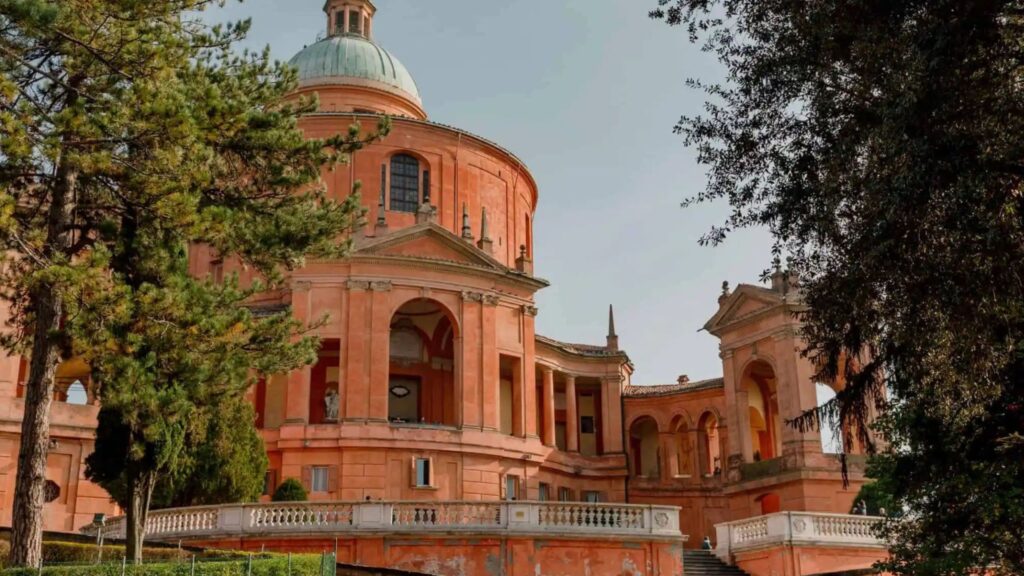
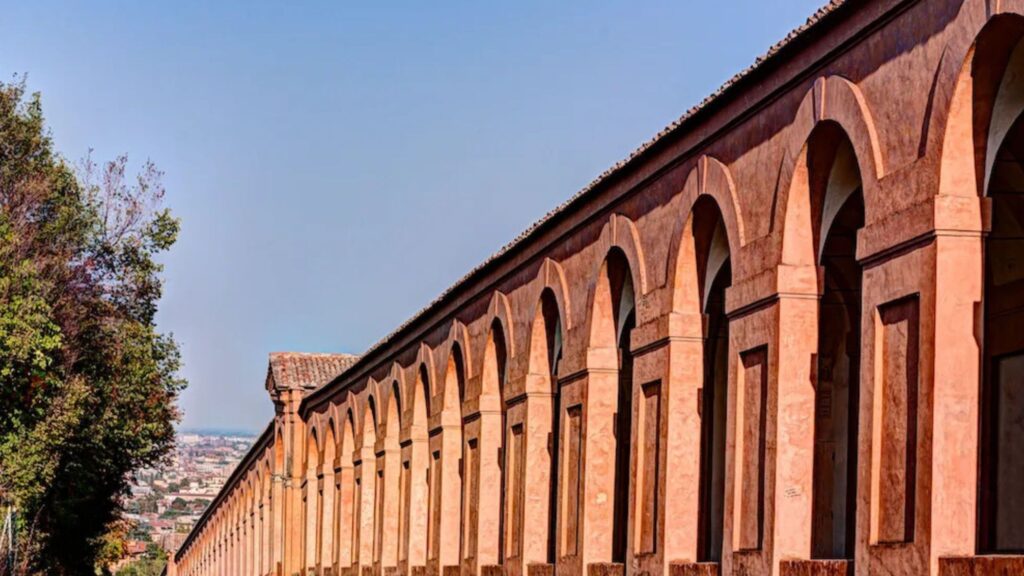
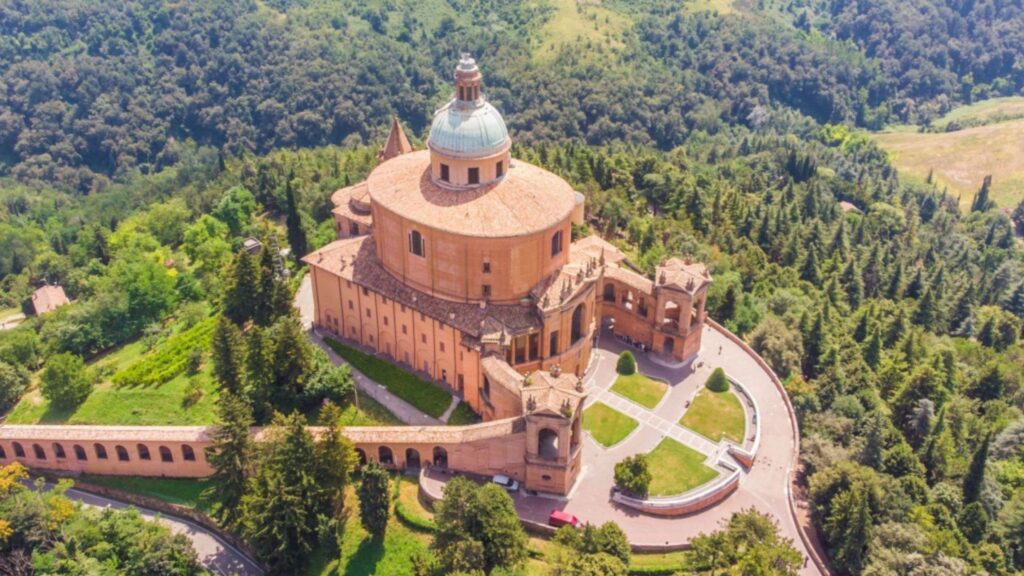
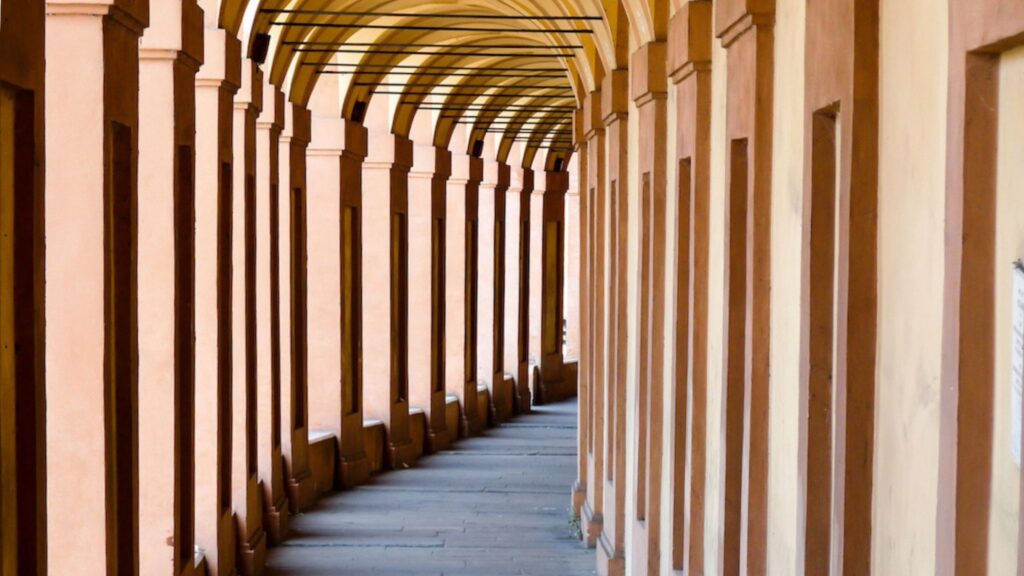
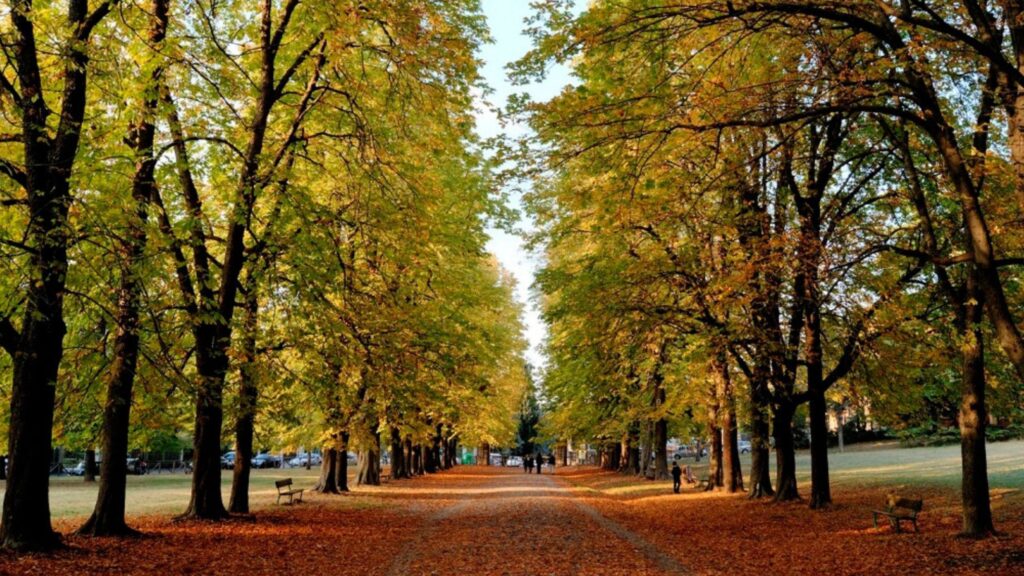
Alternative Bologna: Contemporary Art and Hidden Corners
3
An itinerary designed for those who already know the historic center and wish to explore a less touristy Bologna, full of places capable of surprising. Here, art is not only found in museums but also hidden in the streets, underground, in quiet panoramas, and in spots that tell the city in a different way.
The journey begins with MAMbo, the Museum of Modern Art of Bologna, a point of reference for contemporary art in the city. Its collections tell the creative evolution of the 20th century, between avant-garde and experimentation. Not far away, the Museum for the Memory of Ustica offers a completely different experience: an immersive, intense installation that transforms a painful historical event into a place of collective reflection.
Lovers of ancient art can expand the tour to the Archaeological Museum, with its rich Etruscan and Egyptian section, and the National Art Gallery, showcasing masterpieces by Emilian artists from the 14th to the 18th century. Completing the journey is the Complex of Santa Maria della Vita, home to the famous Lamentation over the Dead Christ by Niccolò dell’Arca: one of the most dramatic and moving works of the Italian Renaissance.
From sculpted depth to urban depth: in the Sala Borsa, in the heart of the city, visitors can see the remains of the ancient Roman walls through a glass floor, witnessing the origins of Bologna, once called Felsina.
Still in the center, it’s worth a detour to the recently reopened Cinema Modernissimo, a Liberty-style underground cinema that tells another kind of story — that of film, blending modernity, memory, architectural beauty, and cultural life.
And finally, the famous window on Via Piella cannot be missed: a small glimpse into Bologna’s past of waterways and trade, where the hidden Canal delle Moline unexpectedly reveals itself. A tiny detail, yet capable of telling an entire secret Bologna.
To close, step outdoors, but still off the beaten path. A walk to San Michele in Bosco, on the city’s first hills, offers silence and one of the most striking views over Bologna, with a perfect alignment to the Torre degli Asinelli.
